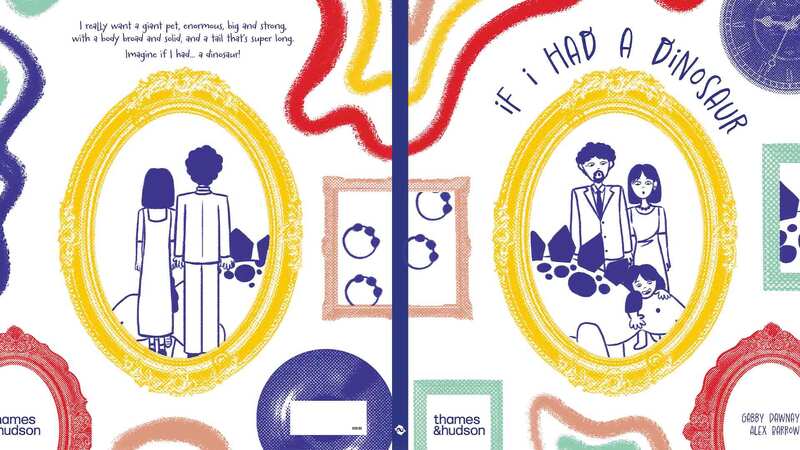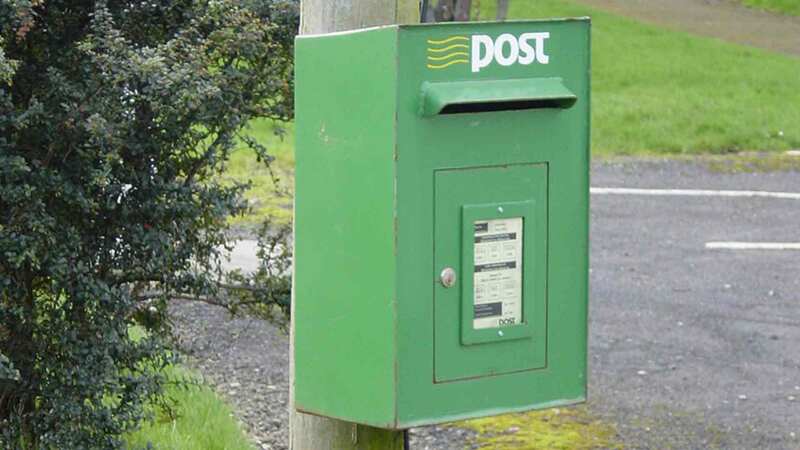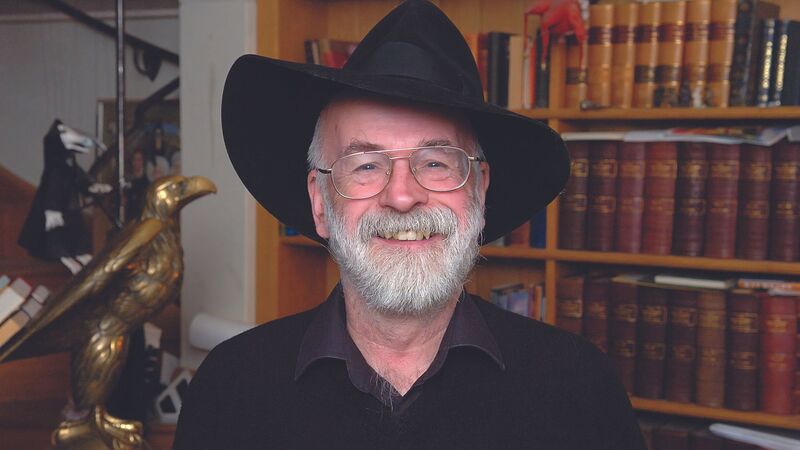You are viewing your 1 free article this month. Login to read more articles.
Publishers go back to backlist
Backlist is more important than ever for the publishing industry and the opportunity to use backlist titles to drive the sale of frontlist titles is, according to publishers, “one of the true excitements” of the new era of digital publishing.
Jeremy Trevathan, publisher at Macmillan Adult Books, said: “The real opportunity is in digital backlist sales. As mass-market physical sales shift towards digital, the opportunities to use your backlist to drive sales of frontlist mean you can create the virtuous circle of cross-promotion which publishers used to dream of. It’s one of the true excitements that the digital edition has brought to the publishing world.”
For Laura Deacon, editorial director at Windmill, digital publishing has dissolved the concepts of backlist and frontlist. “The growth of the e-book market has almost rendered the terms obsolete. Outside of the bestseller lists, there really are year-round opportunities for digital sales. We have much more focus on the e-book bestseller lists and continually refining our metadata to ensure that we take advantage of any positive algorithms.”
Borough Press publisher Katie Espiner agreed: “I’m not surprised that some backlist books are emerging as the bestsellers of today. We can create hype, but buzz is something that happens more organically. When we feel that starting to happen, it is key for us to be able to introduce readers not only to a specific book but to the author’s total portfolio. Digital promotions and social media are a useful way of achieving that outside of the traditional new release cycle of hardback/paperback.”
She added: “Certainly ‘e’ versions and better availability is aiding the discovery of backlist. But the overall emphasis in the market is on quality writing and distinctive author voices. Saturation in the fiction market—particularly in digital—means that loyalty, rather than discoverability, is our biggest challenge.”
But for Profile m.d. Andrew Franklin the biggest challenge for non-fiction books is that they “will never [be] backlist if they haven’t [been] frontlist—if they don’t work in the first place they will never pick up. If you tried to live off of your long tail, you would get very hungry indeed. Publishers need to market their books aggressively, and that is more true of backlist than anything.”
When it comes to creating a boom in physical backlist sales, publishers and retailers are in agreement that curation is key—be it creating a new classics list, or carefully themed promotional bays. Trevathan added: “In physical, you have to work harder to make backlist sales happen. You have to repackage, reposition, repitch and react to the market in much the same way that you do for ongoing frontlist sales. We’re finding that curating lists works well; the Picador Classics list is due in January and Macmillan Classics—just out from our children’s division—seem to be going down very well with retailers.”
Mr B’s Emporium of Reading Delights owner Nic Bottomley said: “We’ve been banging on about backlist for years, and we have lots of display space dedicated to themed lists made up of both backlist and frontlist. Around 40% our 30 top-selling fiction titles this year were not published in 2014.”
Chris White, Waterstones’ fiction buyer, agreed: “Our customers don’t necessarily distinguish between front and backlist as much as the trade does. We have used this opportunity to reinvigorate great, sometimes overlooked, books such as Kyril Bonfiglioli’s 1970s crime caper Don’t Point that Thing at Me (Penguin), which was Book of the Month in June.”
Backlist a quarter of Xmas coin
With the bulk of the energy, marketing spend and front-of-store space over the Christmas period focused on celeb memoirs, superstar cooks and big-brand fiction, it may be something of a surprise that £1 in every £4 spent on books in October, November and December is on backlist.
Over the past five Christmas selling seasons, backlist has accounted for 25.1% of print sales through Nielsen BookScan, with the greatest percentage in 2013: 26.2%, or £157.3m, of the £599.5m sold in BookScan’s Quarters four and five—a 5% rise on the Christmas backlist sales in 2012.
Whether this a concerted effort by booksellers to focus more on backlist—which we are defining as an edition which has been published for more than a year—but there are some compelling reasons for booksellers to delve deeper into their stock. One is that the “big books” are getting smaller—in 2013, 49 titles generated revenue of more than £1m through BookScan; in 2012 that was 58; in 2011 it was 73. Customers are also more inclined to pay closer to full price for older titles. Over Christmas 2013, the average discount from the r.r.p. of backlist titles though the TCM Top 5,000 was 35%. For frontlist it was 44%.
Children’s is the key Christmas backlist category, particularly in our chart of deep backlist (see chart below)—books published before January 2000—which is led by Julia Donaldson’s The Gruffalo (Macmillan Children’s). Children’s, and to a slightly lesser extent series fiction authors, are helped by the weight of back catalogues, the sales of which are often boosted by new releases. For example, in 2014 Michael Morpurgo’s sales were worth £1.7m through the TCM with 127 different ISBNs, only six of which were published in the past 12 months.
BookScan’s Food & Drink category is as strong in backlist over Christmas as it is in frontlist. Eleven backlist cookery books sold £100,000 or more over Christmas 2013, and 151 earned more than £10,000 through the TCM. Mary Berry led the way, but there were also strong sales from old reliables such as Paul Hollywood’s How to Bake (Bloomsbury, £153,000), Yotam Ottolenghi’s Plenty (Ebury, £209,000), and Niki Segnit’s The Flavour Thesaurus (Bloomsbury, £148,000).
Christmas backlist belters
Julia Donaldson
The Gruffalo author is quite simply the queen of the backlist. Last week, Donaldson crossed the £10m mark in sales through BookScan for 2014—a record-breaking fifth straight year in which she has earned eight figures through the TCM—of which 83.1% is from backlist titles. This is impressive given that 2014 has been a busy year: Donaldson has had 24 new titles or editions (including new formats) released in the past 12 months, led by The Scarecrows’ Wedding (Alison Green), which has shifted just over £513,000.
Her backlist is remarkably resilient—and consistent—over Christmas periods. The 1999 paperback edition of The Gruffalo (Macmillan) has averaged sales of 49,000 units in each of the past five Christmas selling periods—about 40% of the edition’s annual unit sales—closely followed by 2005’s The Gruffalo’s Child (Macmillan), which has a Christmas average of just over 44,000 units.
Mary Berry
Prior to “The Great British Bake Off”, Berry was a strong selling cookery author, but certainly not in the Jamie/Nigella tier. But since “GBBO” first aired in 2010, she has hit the stratosphere: 60% of her overall sales (of just over £20m through BookScan) have come in the past four years. Part of the rise is backlist, with 22 pre-”GBBO” titles appearing in the TCM Top 5,000 in the past four years. In the Christmas 2013 period, nine of Berry’s backlist titles earned more than £10,000 through the TCM, led by Mary Berry’s Baking Bible (BBC Books, £323,422) and Mary Berry’s Complete Cookbook (DK, £155,614).
Nelson Mandela
While Donaldson’s and Berry’s backlist bonanzas are due partly to deep back catalogues, Mandela’s success is mainly down to one title: A Long Walk to Freedom (Abacus). Originally published in paperback in 1995, until late 2012 it was one of The Bookseller’s Evergreens: titles that have never fallen out of the TCM Top 5,000. It received a Christmas 2013 boost following Mandela’s death, and has sold 108,000 units in the past five years. Only two Evergreens remain: Michael Rosen’s We’re Going on a Bear Hunt (Walker) and Eric Carle’s The Very Hungry Caterpillar (Puffin), both of which have charted for 988 straight weeks.

















